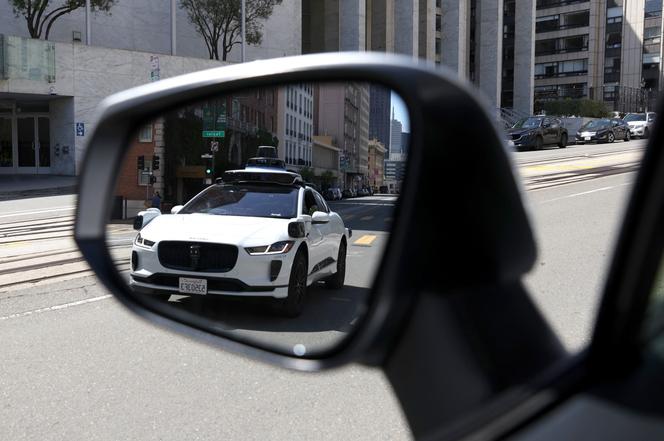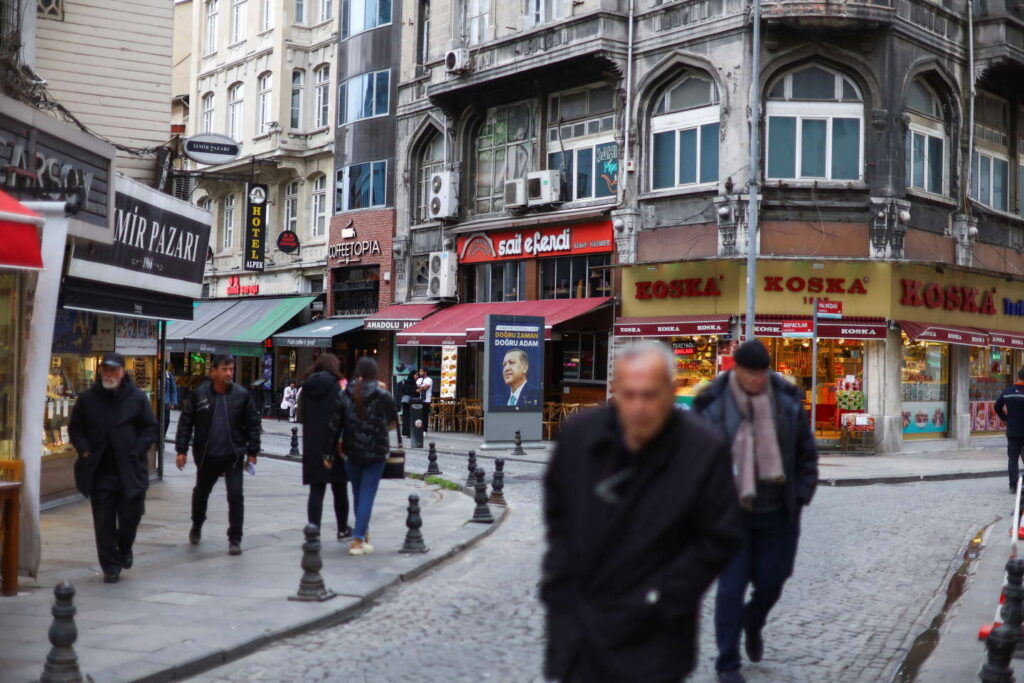
The taxi parked in front of the door. No human driving. To get into the car, you unlock the doors with a click on the laptop. To start, press “Start” on the rear seat control screen. Cosmic music greets the passenger, followed by a voice out of nowhere. “This experience may seem futuristic, recognizes the voice. But the obligation to fasten your seat belt remains the same. » Welcome to the world of robot taxis, where the banal meets science fiction.
Without hesitation, the car launches into traffic. It’s a Jaguar I-Pace from Waymo, the subsidiary of Google-Alphabet; one of hundreds of self-driving vehicles now circulating in San Francisco. The on-board computer indicates the destination and the estimated time of arrival. It is forbidden to touch the steering wheel or the pedals. “The Waymo driver is in control at all times, reassures the intergalactic voice. Relax. »
San Francisco is the birthplace of driverless cars. The spectacle of the prototypes no longer surprises anyone: the first Waymos criss-crossed the public highway from 2014. Until 2022, a driver says ” of security “ was obligatorily present: a lining which officially kept the hands on the steering wheel.
Downtown prohibited
Over the past year, the experiment has moved to the fully robotized stage. Recently, the number of vehicles has multiplied. In the street, passers-by rub their eyes as the car passes by, gliding like a ghost. Nobody in the front seat? A steering wheel that turns by itself? Did they dream?
Two manufacturers have received authorization to test their taxi service without a safety driver in San Francisco: Waymo and Cruise, a subsidiary of General Motors. The specifications established by the California Public Utilities Commission (CPUC), which oversees autonomous vehicles, are precise: the areas and hours of operation are limited; downtown prohibited. Cruise, who deployed about 60 cars (electric Chevrolet Bolts), won the right to charge for groceries, but only between 10 p.m. and 6 a.m. Waymo, which owns around 100 vehicles, does not yet have the right to charge for journeys if there is no driver behind the wheel. The speed is limited to 45 km/h.
Both companies are now asking to extend their services. They believe they have proven themselves in terms of safety. In May, the CPUC published draft regulations that satisfy them. It would authorize Cruise and Waymo to offer passenger service throughout the city of San Francisco “day and night, without the presence of a safety driver”.
You have 70.76% of this article left to read. The following is for subscribers only.



